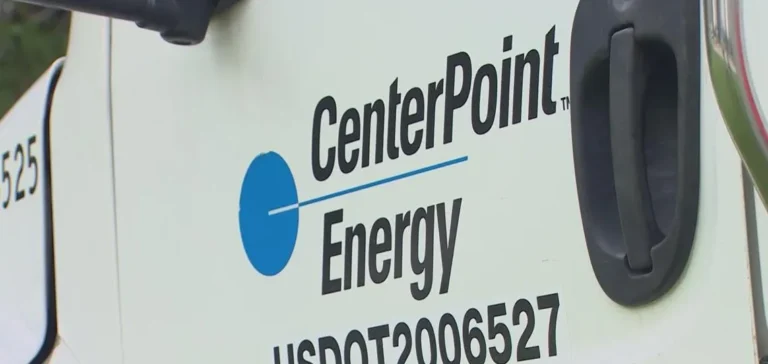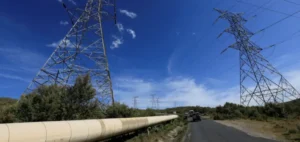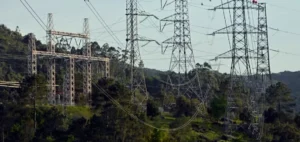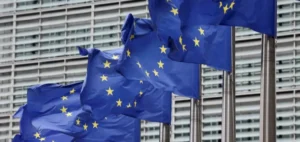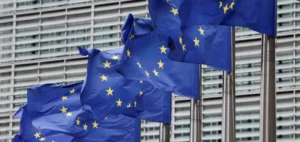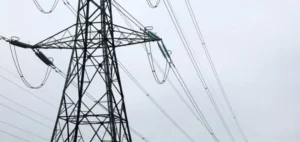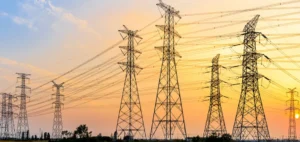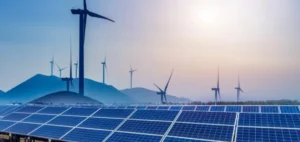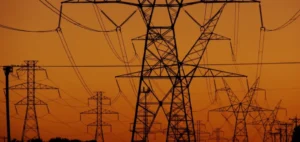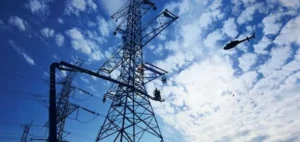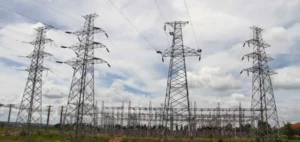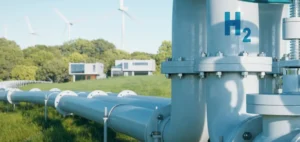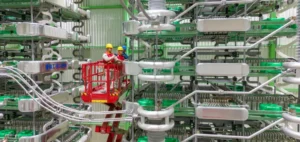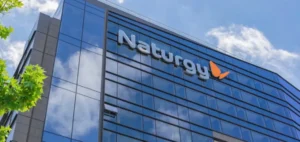CenterPoint Energy has initiated a major investment programme valued at $53 billion (EUR48.8 billion) to modernise and reinforce the electric interconnection network of Greater Houston over the next ten years. This strategic plan is based on the rapid expansion of specialised technical staff to meet rising electricity demand and ensure network stability amid sustained urbanisation.
Target of 800 new hires to support expansion
The company expects to recruit 200 new technicians by the end of the year, with the aim of reaching nearly 800 hires by 2030. To support this skills requirement, CenterPoint Energy is multiplying local recruitment initiatives and collaborating with regional professional training networks. Job fairs and partnerships with the Greater Houston Partnership have been set up to prepare a new generation of workers specialised in electrical infrastructure.
The rapid growth of Greater Houston translates into an anticipated 50% increase in electricity demand by 2031, creating a significant need to strengthen interconnection capacity. More than 11,000 qualified worker positions would be needed over the next five years to support this evolution and guarantee service continuity. These recruitments form part of the 2026-2028 Systemwide Resiliency Plan, which includes network modernisation and a reduction in outages by nearly one billion minutes by 2029.
Energy Expressway™ programme and skills development
To accelerate the training of these new technicians, CenterPoint Energy is launching Energy Expressway™, a free programme combining practical training, online modules and in-person teaching at the Hiram O. Clarke Centre. The first cohort of 35 candidates, selected through local skills development partnerships, will begin their training in October. The pathway prepares participants to support apprentice teams and qualified technicians, emphasising safety, operational excellence, and customer relations.
Management indicates that strengthening the region’s electrical interconnection requires significant investment in human capital, considered as a lever for network resilience and long-term growth. Darin Carroll, Senior Vice President Electric Business at CenterPoint Energy, points to the necessity of a strengthened workforce to complete all planned projects and to meet increased competition for electricity sector jobs at local and national level.
The Energy Expressway™ programme thus aims to attract new profiles and guarantee a high level of competence, in a context of rapid transformation in the energy sector and continuously rising interconnection needs.


